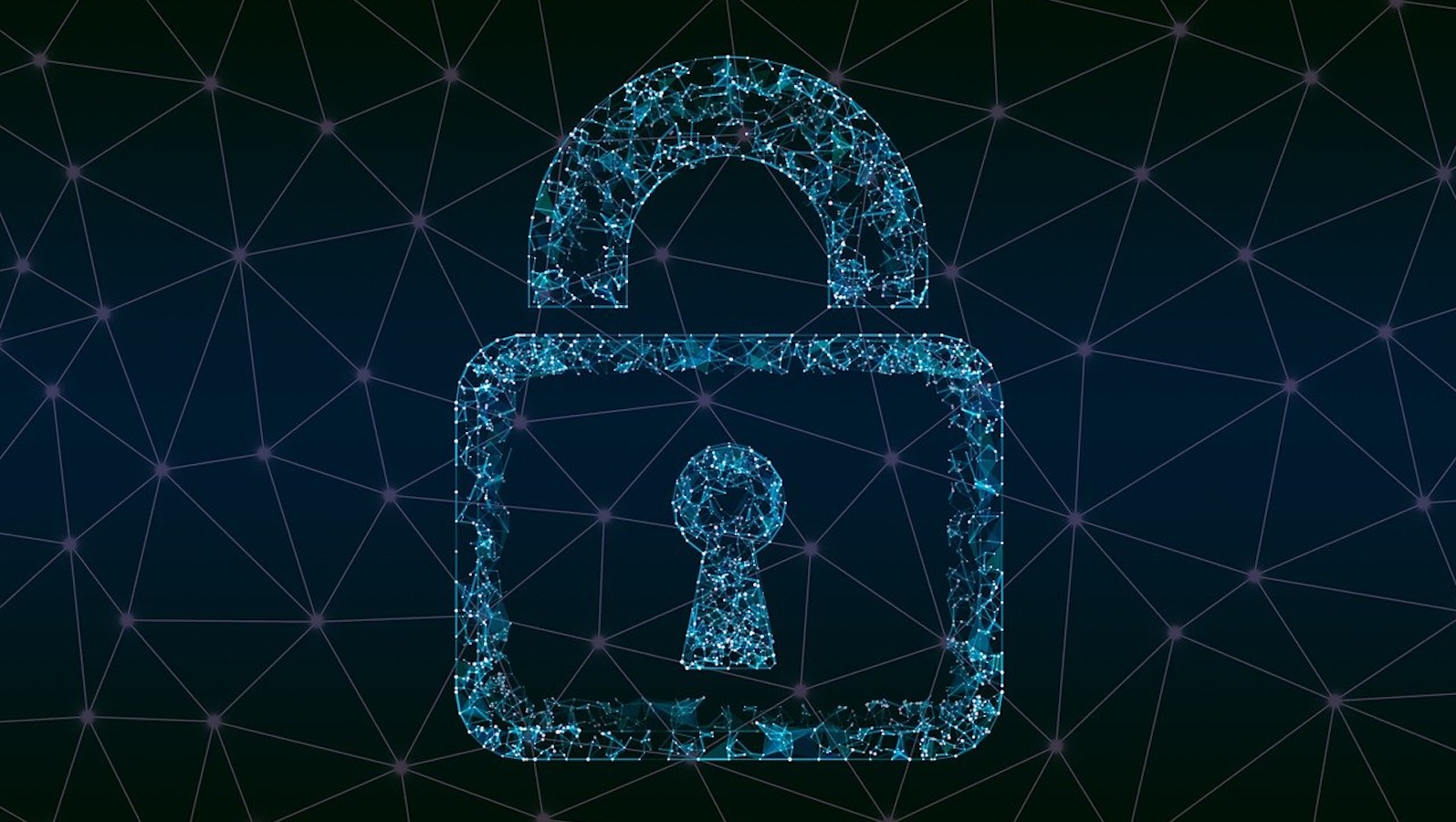The 2025 Los Angeles County wildfires were among the worst natural disasters in American history. California isn't a stranger to these events. However, even the nation's richest state couldn't prepare for the scale of devastation caused by the Palisades, Eaton, and Hughes fires that erupted in roughly two weeks, engulfing tens of thousands of acres in flames and displacing thousands of families.
Although these devastating blazes reached 100% containment over three weeks after they began, they've made headlines again midyear. USAA, AAA, and State Farm policyholders have sued their insurers for alleged underinsurance, igniting a firestorm of controversy.
Policyholders Walk on Hot Coals
According to an estimate from the Los Angeles County Economic Development, these wildfires caused between $28 billion and $53.8 billion of property damage. The Palisades and Eaton fires accounted for most of the destruction. These incidents collectively incinerated 11,665 multifamily buildings, single-family residences, and motor and mobile homes, razing neighborhoods of multimillion-dollar properties to the ground.
The disruption and distress of Los Angeles wildfire survivors are unfathomable. California Gov. Gavin Newsom has made swift recovery a top priority. By the end of January, insurance companies had released $4.2 billion to partially pay 14,417 out of 31,210 claims filed by affected property owners.
Under a consumer protection law that Insurance Commissioner Ricardo Lara sponsored in 2020, insured individuals were entitled to receive advance funds worth at least 30% of their homeowners insurance policy's dwelling limit. They could also receive up to $250,000 for replacing personal property or contents in a total loss after a disaster without submitting an itemized claim.
In early February, Commissioner Lara requested insurers pay affected wildfire victims at least 75% of their contents coverage limits without requiring a detailed inventory of their personal property. Some insurance companies didn't answer the call and suffered no legal repercussions. Still, the California Department of Insurance (CDI) named them when it publicized the lists of insurers that agreed and those that said no.
The advance payments many distressed policyholders received could mitigate the gravity of the situation. Ultimately, the cleanup speed determines how soon homeowners can rebuild what they lost and return to normalcy.
Federal disaster officials initially estimated that it could take 18 months to remove all the debris from the burned areas. President Trump ordered an accelerated process in late January, causing the cleanup procedure to progress months ahead of schedule.
As of the third week of June, phase 2 of the cleanup had been about 66% complete. Los Angeles County had received 77 temporary housing applications, approved 33 and reported four completed. Regarding rebuilds, the county had received 946 applications and issued 44 building permits, and most were in the zoning or building plan review stage.
Premium Increases Fan the Flames
Despite the government's effort to speed the cleanup process, many wildfire victims think quick recovery is far-fetched. The ordeal of hundreds of State Farm and FAIR Plan customers continues after they experience claim delays, disputes and dismissals. Their horror stories include getting denied for services needed to verify contaminants in their properties, receiving late compensation for temporary lodging expenses and dealing with unhelpful adjusters.
After enduring these setbacks, the policyholders received more bad news when Commissioner Lara granted State Farm's request for a 17% emergency rate increase statewide in the second week of May. An administrative judge endorsed the increase to help replenish the company's capital after the wildfires, arguing that it was fair and in the best interest of consumers.
Commissioner Lara was confident in his decision, saying he expects the company to justify its financial condition after the rate increase and provide a recovery plan before an impartial judge and members of the CDI.
The rate approval didn't sit well with distressed policyholders, who have been widely dissatisfied with how State Farm has handled their claims. The timing added insult to injury, as the state's insurance regulator swiftly approved the request before investigating the reports of the insurer's illegal delays, low-ball offers and denials.
Providing incentives to a high-profile insurer that has come under fire for serving its customers poorly with the green light to charge higher premiums would naturally leave a bad taste in many people's mouths. The move has enraged many wildfire survivors who feel State Farm's coffers should be adequate for such a crisis after the company unfailingly collected premiums.
Insurance Commissioner Fights Fire With Water
In mid-June, Commissioner Lara launched an official investigation into State Farm's alleged failures to fulfill its legal obligations to customers in handling the claims of Los Angeles wildfire victims. The review aims to determine whether the company complied with California's consumer protection and claim-handling laws. The wildfire survivors view this development as a critical step toward accountability, although it wouldn't be surprising if some are cautiously optimistic.
The commission has a history of accommodating insurance companies' needs to discourage them from leaving the state over fears of massive losses due to intensifying natural disasters.
In 2023, California's chief insurance regulator assured insurers that the state would allow them to consider future climate risks when determining rates, agreeing with the notion that the past was no longer the reliable predictor of the future it used to be. This privilege is available only to the insurance companies that write new policies for homeowners in locations with the most risk.
Although the rule change had merits, Consumer Watchdog founder Harvey Rosenfield sounded the alarm, stating that the announcement could raise homeowners' and renters' insurance premiums by hundreds or thousands of dollars.
The commissioner countered critics by highlighting that customers who embrace climate resilience could enjoy lower premiums. Property owners can apply for grants worth $100,000 to $5 million to fund projects to mitigate the effects of extreme heat, which can subsequently reduce wildfire risk.
Some Insurers Are in Hot Water
The underwhelming claim services frustrated many wildfire survivors, but the discovery of gross underinsurance lit a fire under them.
In early June, a press release by the Newport Beach, California-based law firm Bentley & More revealed that a group of homeowners affected by the Palisades and Eaton fires filed lawsuits against USAA and AAA alleging widespread fraud, negligence and bad faith. The plaintiffs accused the companies of routinely underinsuring policyholders by at least 50% of the rebuilding costs by using flawed estimating software.
The complainants added that the home insurance providers had prevented them from buying additional protection, claiming their coverage was sufficient. The aggrieved parties say their insurers had required them to pay thousands of dollars upfront before getting compensated.
The complaint states that the CDI has already flagged USAA for pervasive underinsurance through a targeted market conduct examination. The department said the insurer needs to make millions of additional payments to insureds to correct the situation.
The most common trigger for a market conduct exam is the frequency of complaints. The CDI must have reviewed USAA more closely after receiving too many claims of it engaging in this unfair business practice. The commissioner could impose an administrative penalty of up to $300,000 for each California Insurance Code violation and suspend or revoke the insurer's license.
Another group of wildfire survivors has taken legal action against State Farm alleging systematic underinsurance. One complainant says their dwelling limit was $2 million below the estimated amount to rebuild their property.
Before these lawsuits, some California homeowners had accused many major insurance industry players of collusion. In April, the wildfire victims sued 25 large insurers, allegint they were involved in an illegal scheme designed to force homeowners onto the FAIR Plan, violating the state's antitrust and unfair competition laws.
The plaintiffs connected the dots when dozens of insurance providers suddenly and simultaneously stopped offering coverage or writing new policies in fire-prone areas in 2023. The decision left countless homeowners with no choice but to use California's insurance plan of last resort. This alleged conspiracy caused homeowners to be underinsured while reducing the financial responsibility of home insurance companies in the state, the plaintiffs say.
The state's attorney general enforces California's antitrust laws civilly and criminally through investigations of potential violations and litigation. A guilty individual may go to prison, while an erring business may be liable for several times the amount of victims' financial injury.
Navigating the Dangers of Wildfire Risk
Only time will tell how these cases unfold. Regardless of how the accused parties decide to defend themselves and minimize reputational damage, the insurance industry should learn from these events to better manage wildfire claims in the future.






















